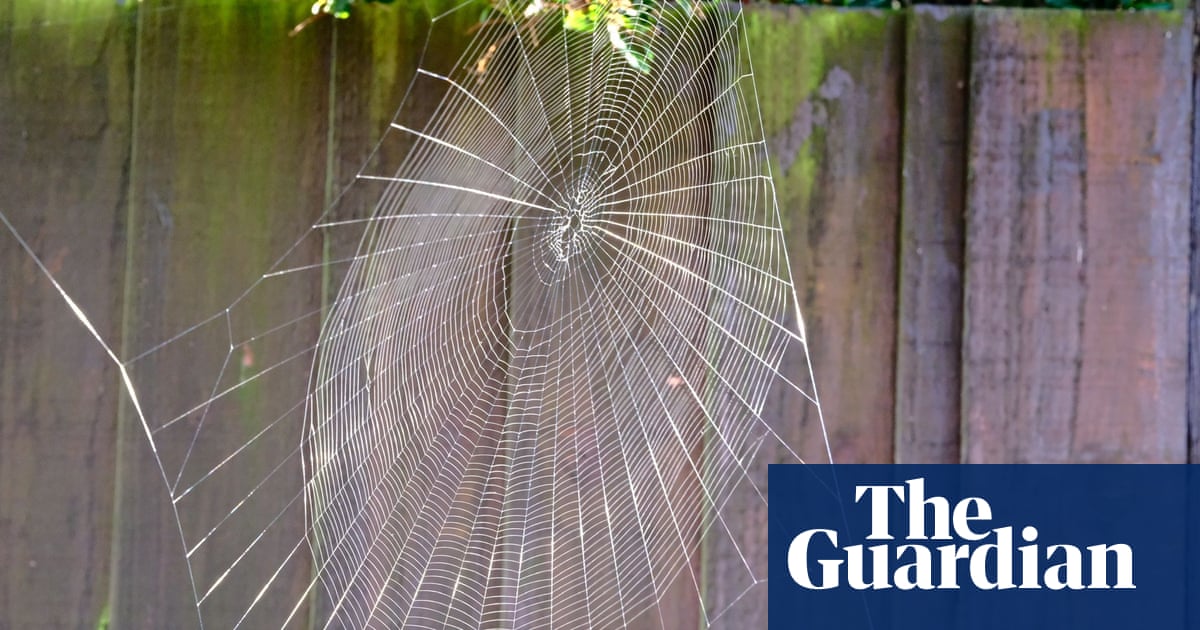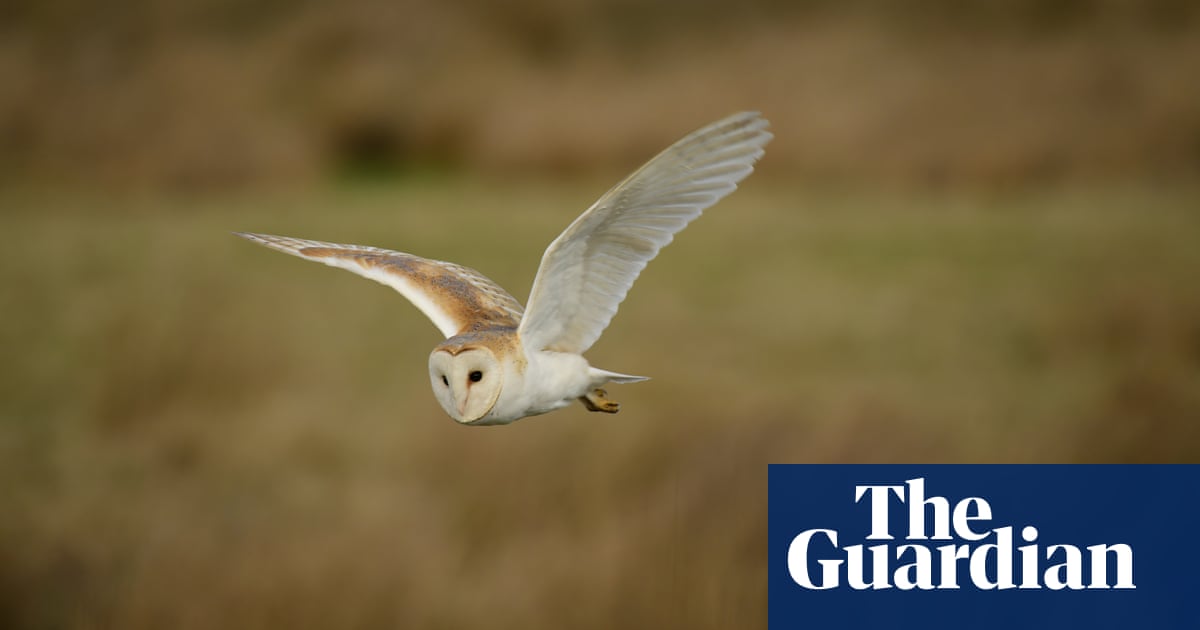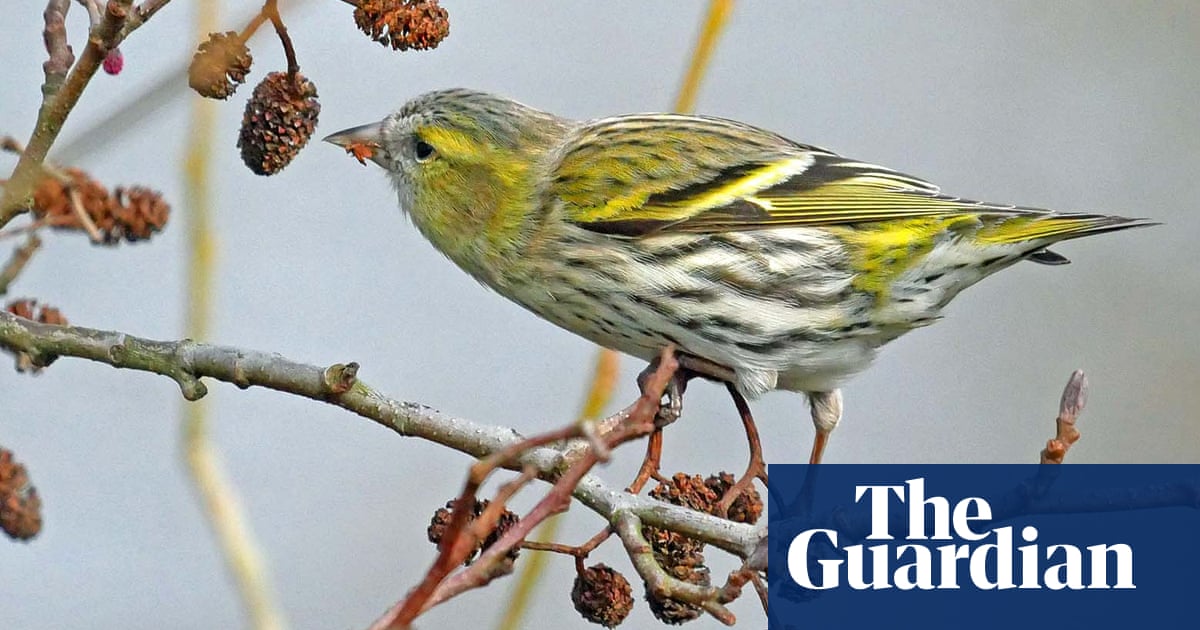
he beat of a hydraulic ram reverberates along the deep ditch, running fast with spring water towards a little tributary originating from beneath Viverdon Down. The water joins other streams along the incised course through steep woods and pastures before meeting the tidal Tamar, more than two miles downstream. Last month’s exceptional run-off along this network of streams contributed to the destruction of the National Trust’s weir, which channelled water along a leat to Morden Mill’s historic water wheel and the more recent hydroelectric plant.
Hydro-rams used to be common in the dissected hilly countryside. They used the water’s momentum to pump a proportion of the flow uphill to storage tanks or reservoirs, which then gravity-fed farmsteads and field drinking troughs. Mains water supplies gradually ousted these slow, but low-maintenance, machines.
But here, at the bottom of this former market garden, a pump has worked for more than 30 years, revamped by our brother-in-law after being relocated from its redundant situation near the River Lynher. The “beat valve” has been replaced a few times and the filter from the header pond is occasionally cleared of debris, but it continues to lift some 10% of the inflow 75 feet higher, along a buried pipe to a tank for watering vegetables in the polytunnel.
Midway up the slope, in regenerating woodland, snowdrops used to be picked and bunched as a source of income in winter, before the succession of varieties of narcissi. Daffodil leaves now emerge among seeded campion plants, frost-flattened dog’s mercury and ferns, all strewn with fallen ash twigs; the only hint of cheering yellow is on pollen-full hazel catkins.
On the highest ground, 16 rams, quartered away from their flocks, graze the field of rough grass, drab after last week’s sparkling frost. Rabbit runs wend their way from the eroded hedgebanks and, due to lockdown, our friend with ferrets is precluded from netting and dispatching these burrowing pests – so no rabbit stew. Other fields in sight of home are empty of stock, but we hear that the parish’s largest flock of ewes is already scanned so that those with twins or triplets can be given extra attention.












